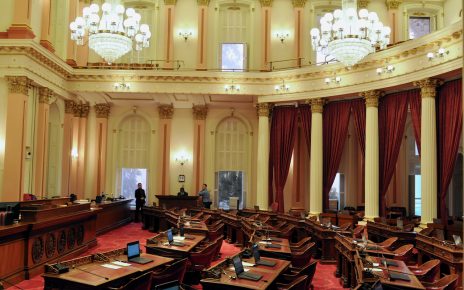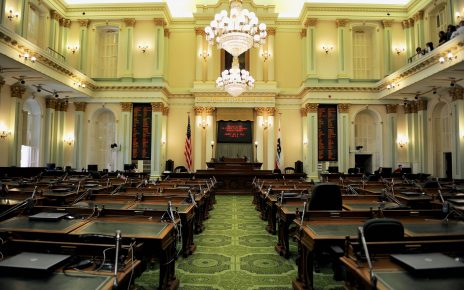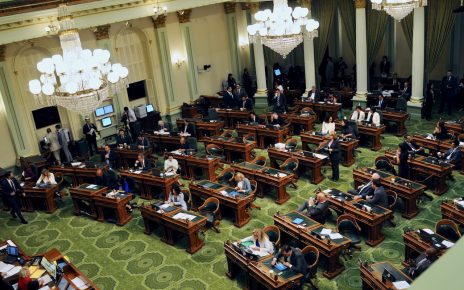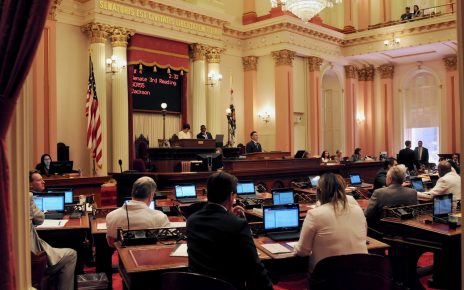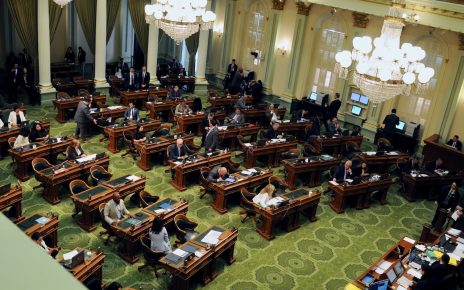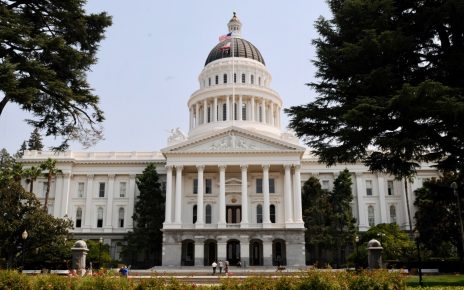Referral of Bills in the California Legislature
After the introduction of a new bill in the California Legislature, or upon a bill passing one house and moving over to the other house for further consideration, that measure must be referred to a committee for a hearing. So,...

